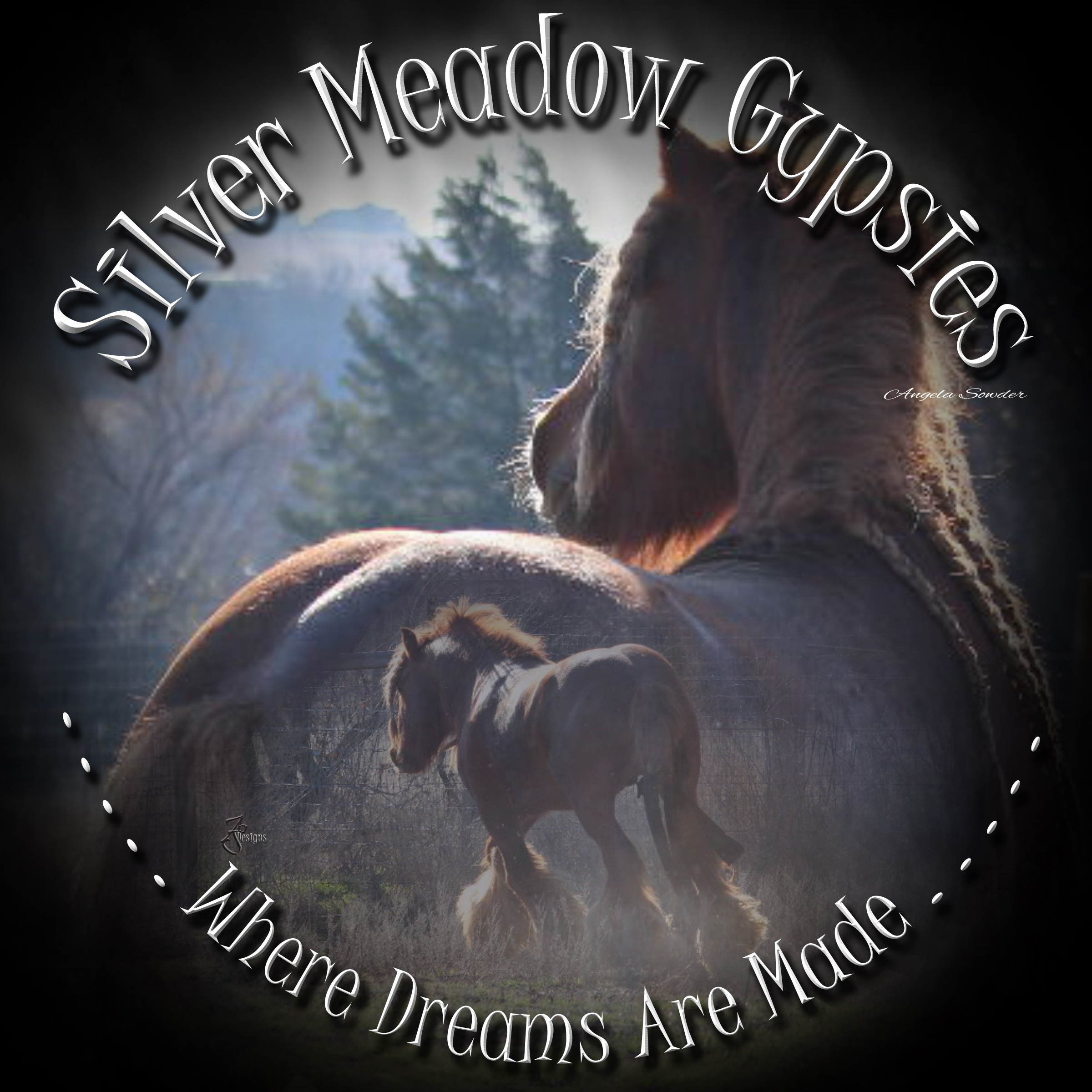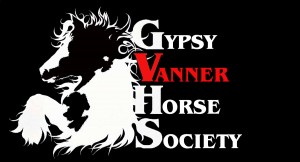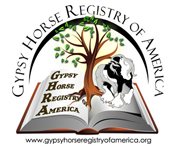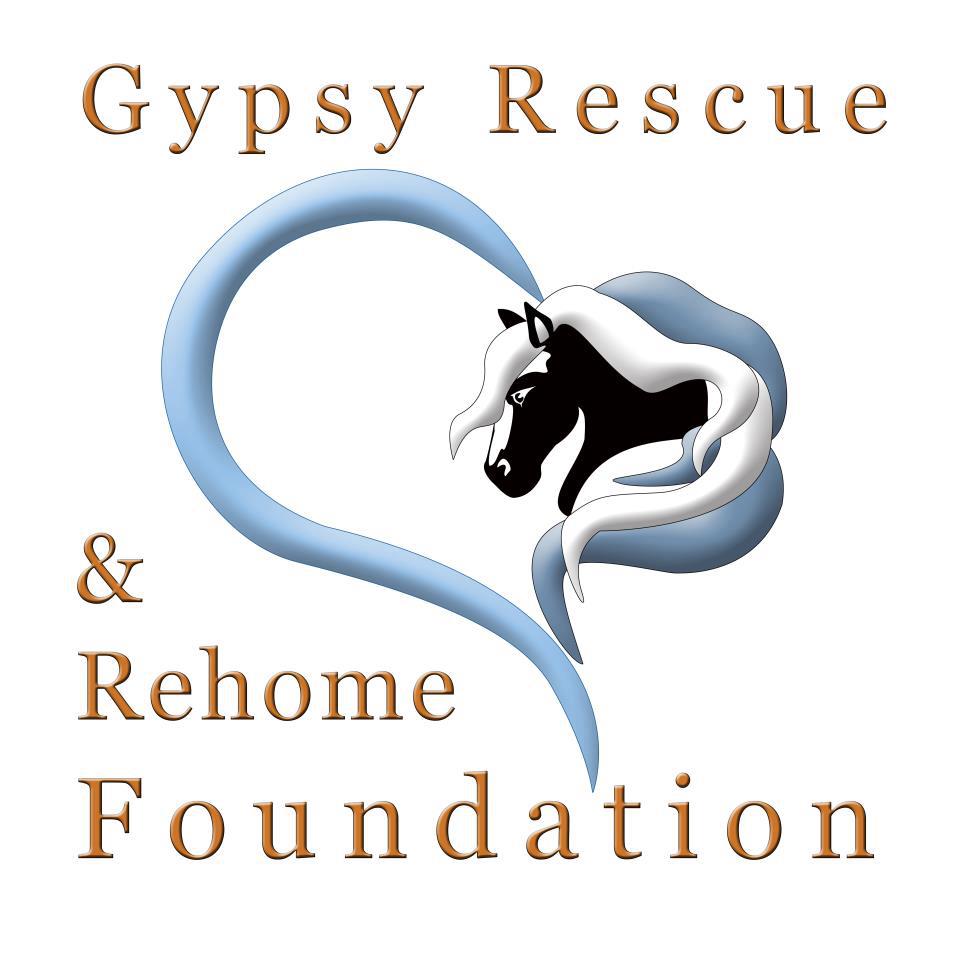Every horse has a base color, which can be black, bay, or red. This is controlled by the Extension (Red/Black Factor) and Agouti genes. The Extension gene controls the production of black or red pigment throughout the coat. The allele for black color (E) is dominant over the red allele (e), so a horse only needs one copy of the black allele to appear black-based.
The Agouti gene can then modify black pigment by pushing it the the points of the horse, creating a bay. The Agouti gene is dominant, so a black pigmented horse only needs one copy of the Agouti gene (A) to appear bay. Agouti does not have any effect on red pigment.
There may be some variation in the intensity of the base colors, for example, dark bays compared to light bays or liver chestnuts to sorrels. This could be caused by a variation in the expression of the genes or interaction of other genetic factors.
Homozygous means that the horse will pass on that gene 100% of the time.
Heterozygous means that the horse has a 50% chance of passing on the gene.
For example:
Black/Red
E/E - The horse tested homozygous for black pigment. It cannot have red foals regardless of the color of the mate.
E/e - The horse tested heterozygous for the red factor. It can transmit either E or e to its offspring. The basic color of the horse will be black
e/e - The horse tested homozygous for red pigment. The basic color is chestnut or sorrel, and all offspring will get
Agouti (bay)
A/A - The horse tested homozygous for Agouti (bay), The horse cannot have black foals regardless of the color of the mate.
A/a - The horse tested heterozygous for Agouti (bay,) The offspring have a 50% change of getting the Agouti gene
a/a - The horse is negitave for the Agouti (bay), no offspring from this horse will be bay.
Dilutions
The rest of the color genes act as modifiers on the base coat of the horse. There are several genes that dilute the color of the horse, including Cream, Pearl, Champagne, Silver, and Dun. While these genes all function to dilute pigment, they are not all expressed in the same manner. The Dun and Champagne genes are dominant, as is Silver, although Silver does not affected red pigment. The Cream gene is incompletely dominant, meaning you will see different effects with the number of Cream genes present, and the Pearl Gene is recessive. The Cream and Pearl genes do have additive effects, so color testing can be an important tool to determine the correct color of a horse and what it may be able to pass on. The Grey gene causes a horse to 'grey out' over time, and is dominant, although homozygous horses tend to grey out faster. It is thought that there are other color modifiers, such as Flaxen or Sooty, but the genetic basis to these colors have not yet been determined.
Cream
CR/CR - The horse is tested homozygous for the cream gene, all offspring will inherit 1 copy of the cream gene
n/CR - The horse tested heterozygous for the cream gene, only 50% of offspring will inherit a copy of this gene.
n/n - The horse was tested negitave for the cream gene, No offspring will carry this gene
This is a Incomplete Dominant gene.
Silver
Z/Z - The horse is tested homozygous for Silver, all offspring will inherit 1 copy of the cream gene
n/Z - The horse tested heterozygous for Silver, only 50% of offspring will inherit a copy of this gene.
n/n - The horse was tested negitave for Silver, No offspring will carry this gene
This is a Dominant gene, however has No effect on red pigment.
Dun
D/D - The horse is tested homozygous for Dun, all offspring will carry the dun gene
D/d - The horse tested heterozygous for Dun, Only 50% of offspring will inherit this gene
d/d - The horse tested negative for Dun, No offspring will inherit this gene
This is a Dominant gene, and will be seen on any color.
This is a quick run through of just of the fun color you see in horses.
Patterns are about the same. Homozygous all foals will get that gene, Heterozygou only 50% of the foals will get it, if negative then no foal will get get it.
Feel free to email me at info@silvermeadowgypsies.com if you have any questions about DNA or you can go to Animal Genetics (Link listed above) to learn more.
Thanks for Visiting and I hope this has help you learn a little about Color Genetics.




















